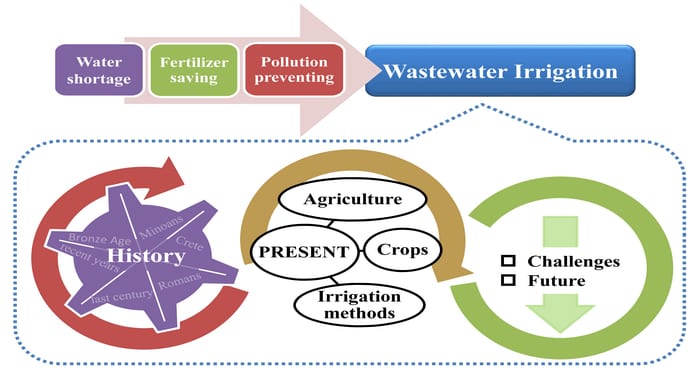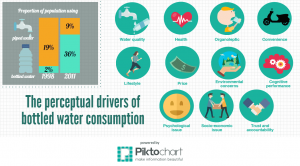Across Mediterranean regions, humans have known the virtues of wetlands from prehistory to the present day. Abundant water and a great variety of plants and animals have made wetlands attractive through changing climates, providing plentiful supplies and shelter from climate extremes.
Nevertheless, the scarcity of prime agricultural land, endemic in Mediterranean regions, has led to increasing pressure on wetlands, specifically through intentional drainage and land reclamation. More recently, mechanized agriculture and the extended use of fertilizers and pesticides has led to their contamination, even in areas under environmental protection.
Current climatic challenges are driving the rediscovery of the numerous values of wetlands, in terms of climate regulation, but also biodiversity conservation and cultural heritage. While most Mediterranean wetlands remain under threat, more and more initiatives, national and international, aim at preserving their environmental and cultural qualities.
An overview called “ Mediterranean wetlands: archaeology, ecology, and sustainability”, which recently published in WIREs Water, guides the reader though the long history of human-wetland interaction, from the arrival of modern humans in Europe, through the emergence, spread and intensification of agriculture. Along this journey, the main types, characteristics and assets of wetlands are clearly outlined, the main threats to their wellness discussed, and the major pathways towards their sustainable conservation summarized.
This overview, originally conceived for an early academic readership, will appeal to anyone interested in environmental and sustainability issues, and particularly to experts, policy-makers and general readers who are looking for a wide-ranging introduction to Mediterranean wetlands that is both engaging and informative.
Kindly contributed by Andrea Balbo.
If you liked this post, you may be interested in these other posts about WIREs Water articles:


















